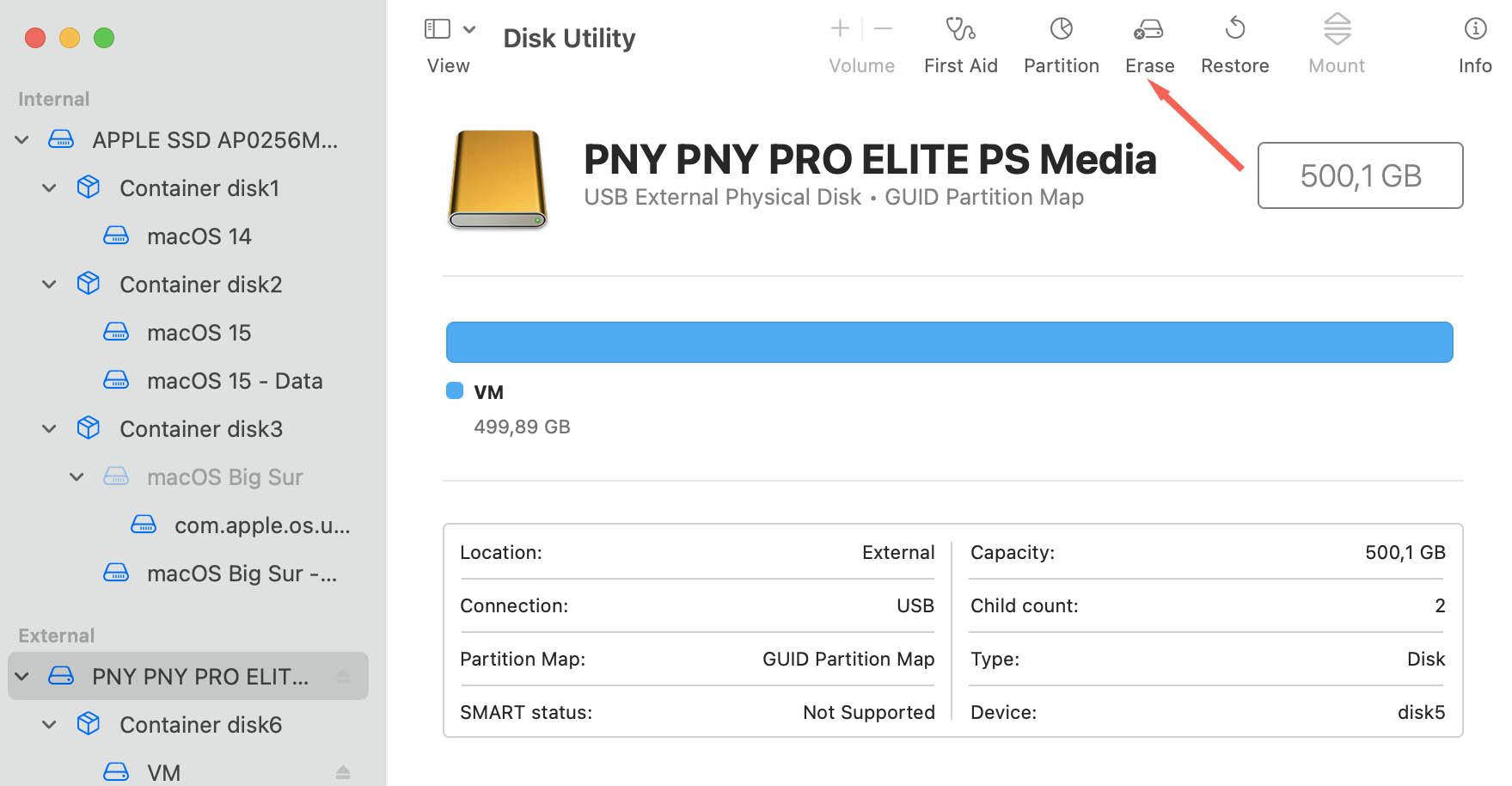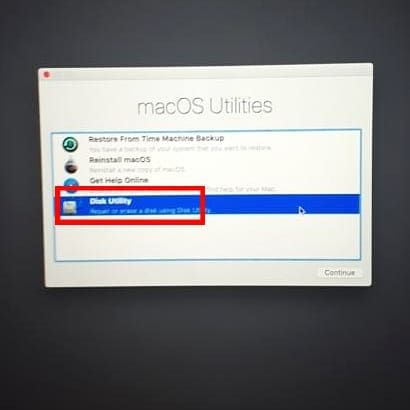

Connect the hard drive if it’s an external disk, and then select the hard drive from the left side menu.Launch Disk Utility, found within /Applications/Utilities/ or through Launchpad.Here is how to erase free space on a Mac Hard Disk with Disk Utility: Erasing Free Space on Hard Drives in Mac OS X This option is not available for flash-memory based SSD models (like those bundled within the MacBook Air, Retina MacBook Pro) because those drives use the TRIM function to quickly remove and recover blocks instead, which has the side effect of automatically preventing file recovery fairly quickly – often within 10 minutes of emptying the Trash. Yes, this only works on traditional hard drives of the spinning platter variety, which is typical for MacBook Pro, Mac Mini, and iMac models, and is the case with most external hard drives used for backups. For most users this is an unnecessary procedure, but if you plan on transferring ownership of a traditional hard drive or computer to someone else and you don’t want to securely format the entire hard drive first, this provides an alternative option that instead allows you to securely overwrite and remove only the files that have been deleted. Choose these options at your own discretion.The Mac OS X Disk Utility app provides an ability to erase free space on traditional hard drives, which overwrites vacant disk space on the drive to prevent any potential recovery of deleted files (that is, files that have been removed traditionally, rather than through secure methods). One pass of writing zeros will clear all data from the volume with little or no chance of recovery. Note there are more secure erase options that add extra passes of zeroes to conform with DOE and DOD requirements, however this can drastically increase the time required to erase the drive. Click Erase a second time to confirm.ĭepending on the size of the volume, the process can take several minutes to well over an hour.

A dialog box will drop down inside the window.

Move the slider until the description reads ". a single pass of zeroes.If you're using 10.13 or later, APFS is also a viable option. Choose a drive format – for general usage "Mac OS Extended (Journaled)" is typically the best option.Using the Sidebar, select the volume you wish to erase.

If you need to securely erase a hard drive or SSD, you can use the OS X / macOS Disk Utility to perform this task.


 0 kommentar(er)
0 kommentar(er)
